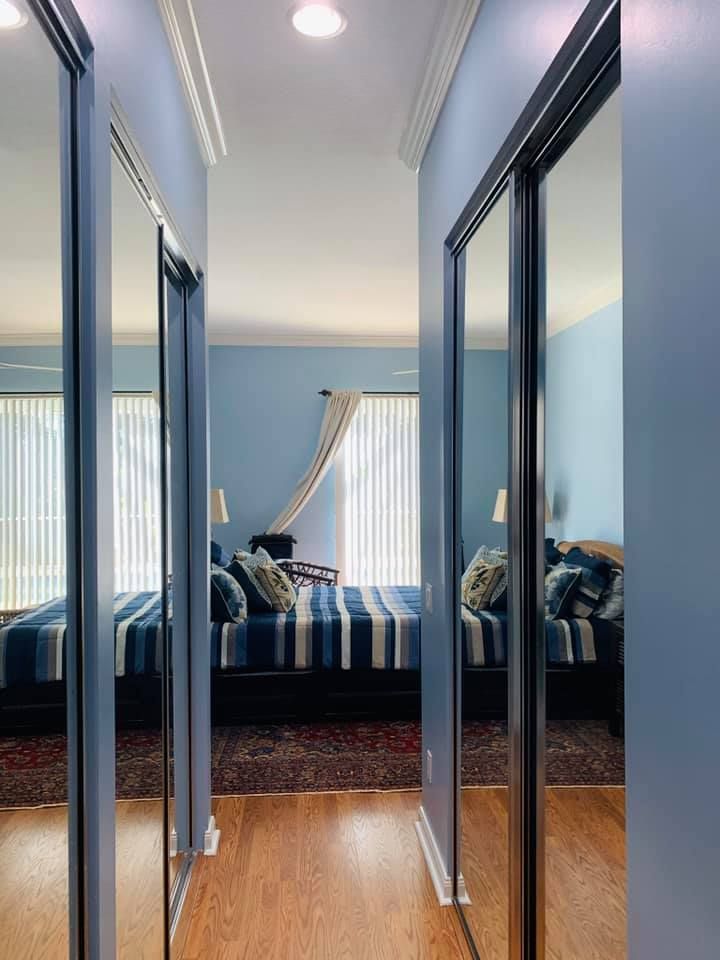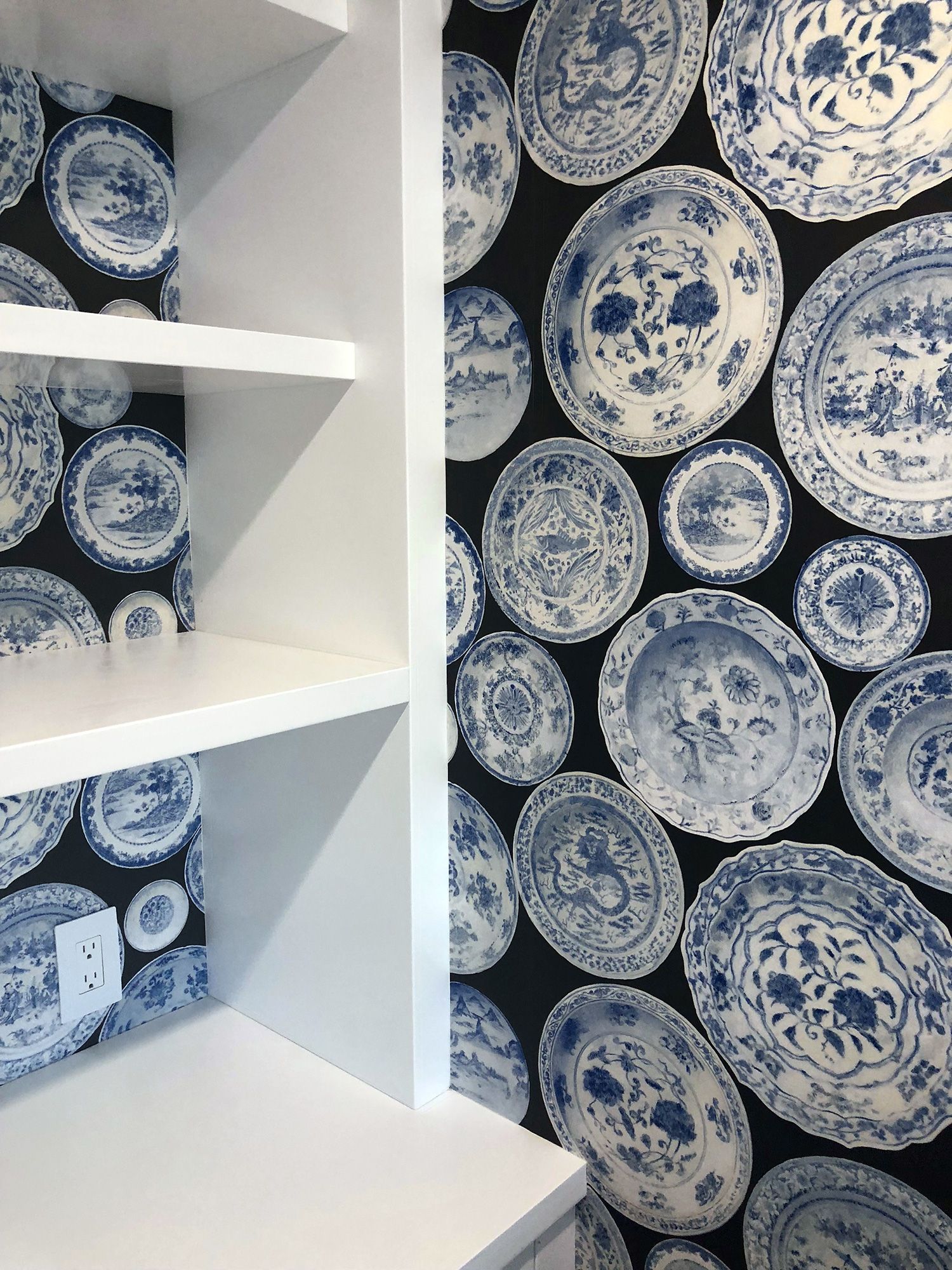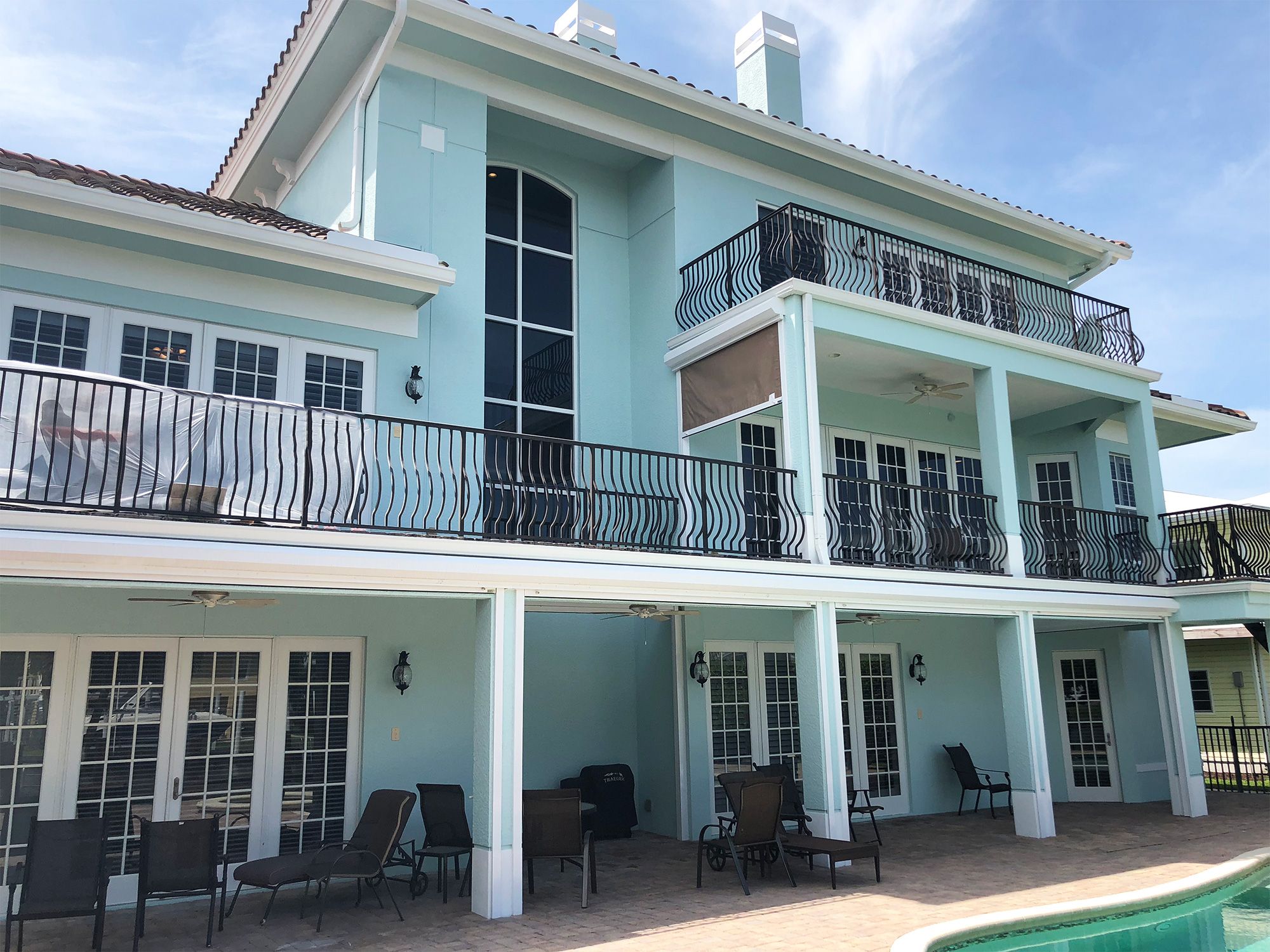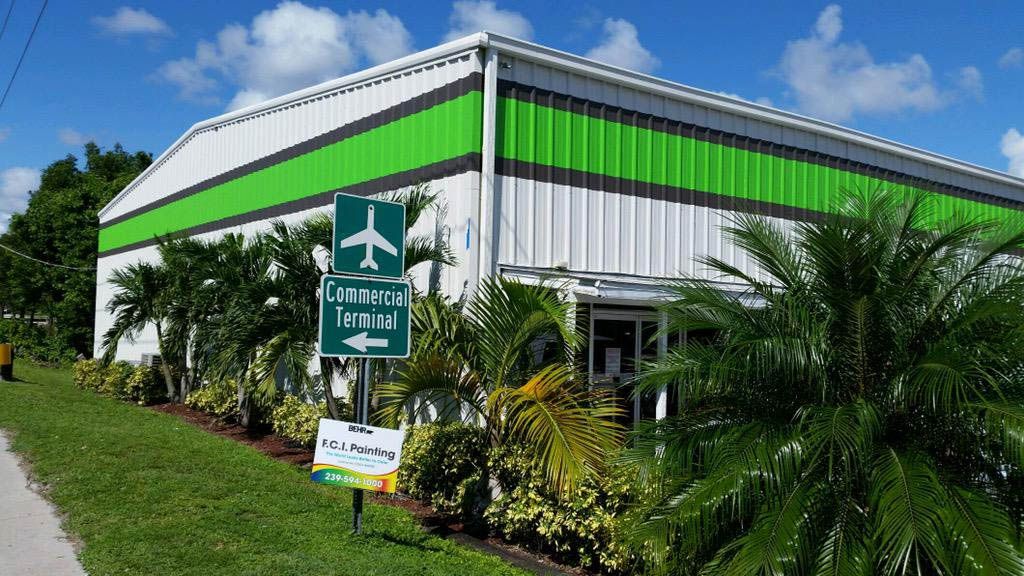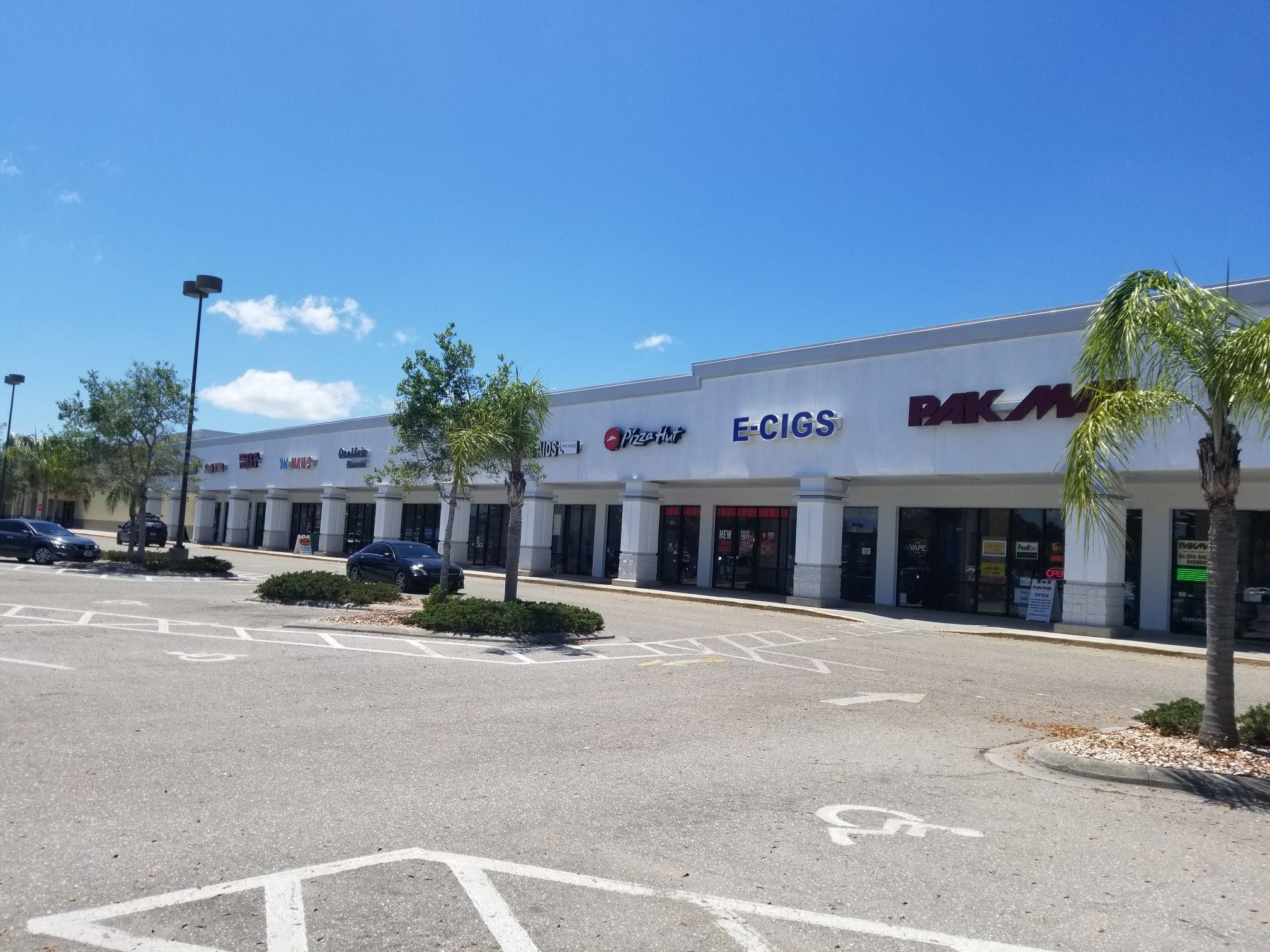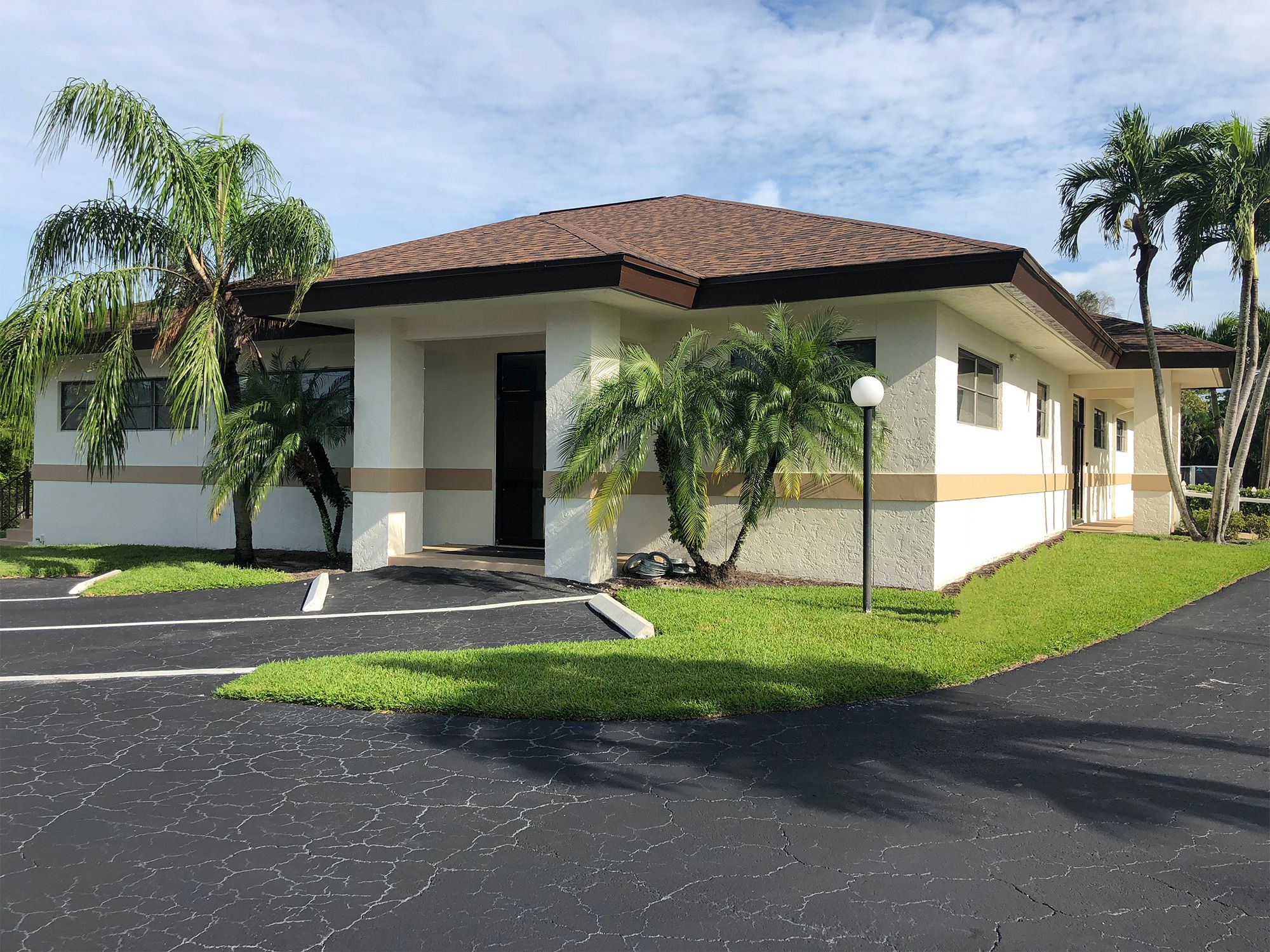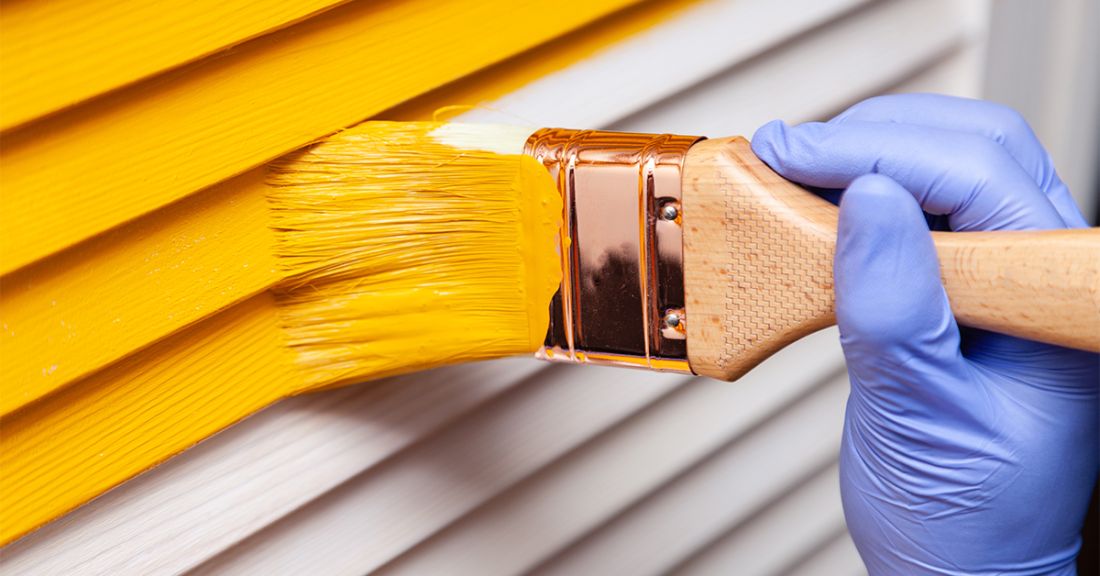
Oil Based vs Water-Based Paint
Along with figuring out the perfect color scheme, determining whether to use an oil- or water-based paint is often one of more vexing decisions people struggle with when planning a paint job for a home or business. Not only are many people unfamiliar with the basic differences between the two, but also don’t know how to determine which is suitable for specific surfaces. When working on previously painted surfaces knowing what kind of paint was originally used is equally important because the two paint types may not adhere properly.
With more than 25 years of professional interior and exterior painting experience in the Naples, Florida area, FCI painting knows everything about oil- and water-based paints and how to determine which to utilize for different applications. To help guide you on your paint-type decision making, here is an easy primer on paint type differences.
Oil- Versus Water-Based Paint—The Basics
The terminology used for paint types specifically refers to the type of solvent used to keep the paint in liquid form. After it’s applied, the solvent evaporates, leaving the dried paint adhered to the surface. Oil-based paints rely on organic solvents, such as mineral turpentine, while water-based paints rely primarily on—you guessed it!—water. Know also that water-based paints are also referred to as “latex,” while oil-based paints can be referred to as “acrylics.” Either type might also be referred to as an “enamel” if it contains enamel additives designed to make painted surfaces harder and less porous.
Application Considerations
In general, water-based paint is easier to work with because it is easy to clean, dries quickly, and does not emit high levels of volatile organic compounds, which often necessitates the need for good ventilation and air flow during the job. While many water-based paints can be touch dry in under an hour and ready for a second coat within three, oil-based paints can take up to eight hours to dry and may not be ready for a second coat for 16 to 24 hours. That said, water-based paints are more finicky with regard to weather conditions during application. Applications during high temperatures can cause the paint to dry to quickly, while lower temperatures and humidity can extend drying times. Either condition can compromise the finished result along with the longevity of the job. Oil-based paint finishes and longevity, on the other hand, are not nearly as affected by temperature and humidity.
Water-based paints are also not as durable as oil-based paints, which also have a higher sheen level than water-based paints. For this reason, oil-based paints are often used on surfaces like interior and exterior trim that need a more durable coating for protection, as well as a higher sheen to help them stand out.
Water-based paints are typically more often used for the bigger surfaces like walls and ceilings. One might think that the more durable oil-based paints would be best for exterior walls, but water-based paints actually work better as they are more resistant to UV rays and the dried paint is more able to expand and contract with temperature changes. While strong and durable, oil-based paint finishes are more prone to lose their sheen over time with sun exposure and more likely to crack because they are less able to expand and contract with temperature changes.
Determining the Solvent of Your Existing Paint
As previously noted, if you are repainting a surface you want to make sure that you are using the same type of paint to ensure the best adhesion, or, at least conduct preparation work that will ensure better adhesion. To test the solvent of existing paint, wipe a small section of the surface with a rag soaked with paint thinner. Paint coloring that stains the rag indicates a water-based paint.
Generally speaking, you can repaint a water-based paint with an oil-based paint, but water-based paints do not adhere well to oil-based paints. To ensure good adhesion, remove as much of the glossy surface of the oil-based finish as possible with sandpaper and use a bonding primer before applying at least two coats of the new water-based paint.
Turn to Professionals for your Paint Job
Of course, if all of this seems a bit much, you can always contact FCI Painting for the job. We have more than 25 years of experience helping southwest Florida homeowners and businesses with all of their painting needs and can be reached by contacting FCI Painting online, or by giving us a call at (239) 435-1001.

